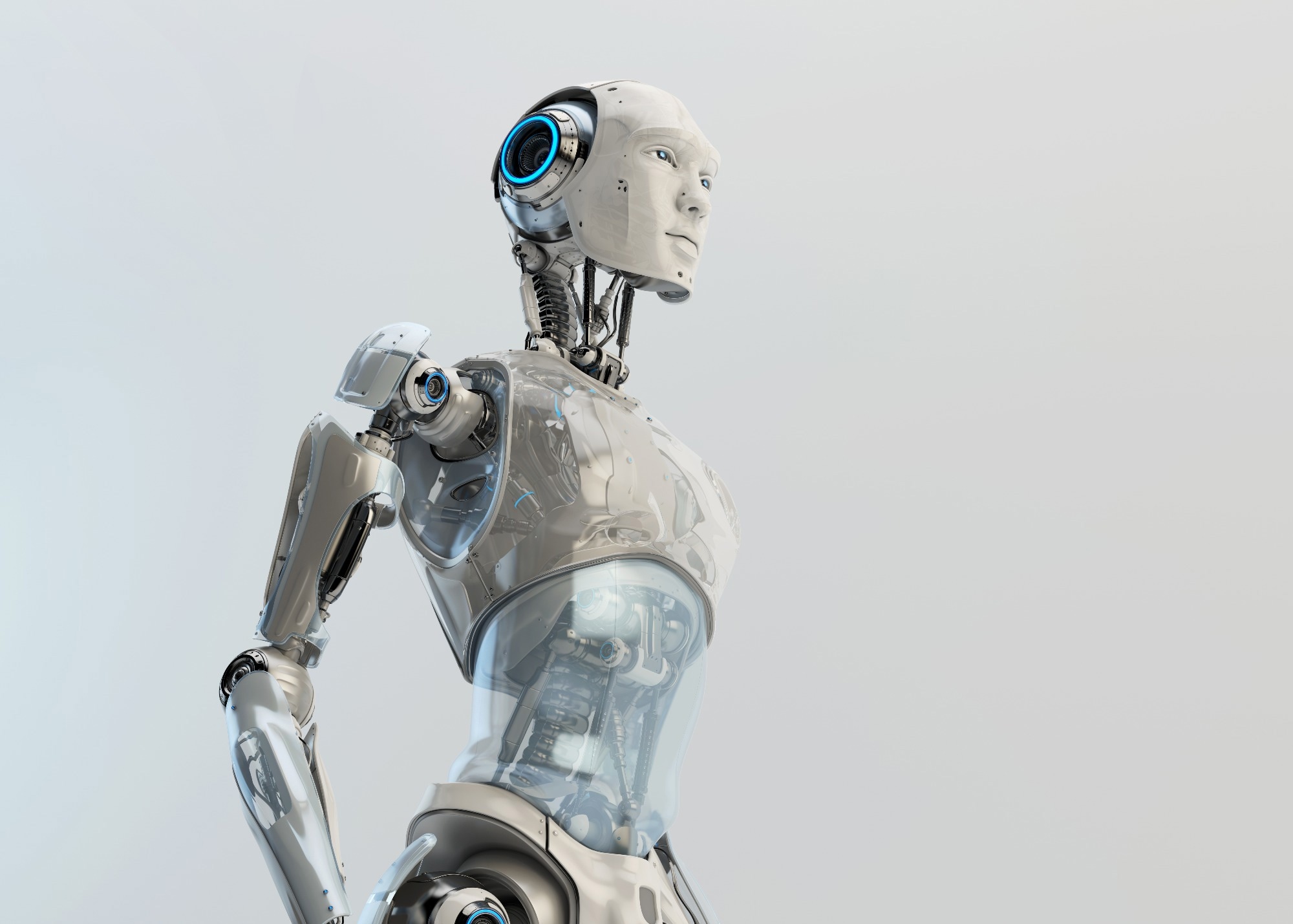In a recent study submitted to the arXiv* server, researchers presented a machine-learning approach using hierarchical generative modeling that allows humanoid robots to perform complex motor tasks requiring whole-body coordination autonomously.
 Study: Bio-Inspired Hierarchical Control Empowers Humanoid Robots. Image credit: Ociacia/Shutterstock
Study: Bio-Inspired Hierarchical Control Empowers Humanoid Robots. Image credit: Ociacia/Shutterstock

 *Important notice: arXiv publishes preliminary scientific reports that are not peer-reviewed and, therefore, should not be regarded as definitive, used to guide development decisions, or treated as established information in the field of artificial intelligence research.
*Important notice: arXiv publishes preliminary scientific reports that are not peer-reviewed and, therefore, should not be regarded as definitive, used to guide development decisions, or treated as established information in the field of artificial intelligence research.
The paper shows that humans seamlessly coordinate multiple processes during motor tasks, including high-level motor planning and low-level control and execution of individual limb movements. Their motor control system features a deep temporal hierarchy across nested neuronal levels, each operating at distinct timescales.
The Challenges of Robot Motor Control
In robotics, creating systems capable of executing intricate motor functions akin to those performed by humans remains an ongoing and significant challenge. Humans possess the remarkable ability to harmoniously synchronize both sophisticated motor planning at the higher level and precise motor control at the lower level, all the while incorporating reflexive actions across multiple limbs during whole-body maneuvers. To emulate the versatile and resilient motor coordination exhibited by humans in the context of autonomous robots, operative across a diverse array of environments, is a challenging task.
Past approaches to robot motor control have faced significant limitations. Teleoperated systems rely completely on humans providing low-level control commands, which is inefficient. Pre-programmed motion planning struggles to handle uncertainties and variations. Reinforcement learning methods can enable autonomy, but training robot policies end-to-end is highly data intensive.
Hierarchical solutions offer more promise by combining strengths of planning, control, and learning across levels. However, designing the right abstractions, interfaces, and training schemes remains an open research problem. Taking inspiration from biological motor control principles offers insights.
Principles of Biological Motor Control
In their paper, Yuan et al. highlight key features of hierarchical motor control in humans that can inform robotic system design. Humans coordinate movements using a deep temporal hierarchy across nested neuronal levels, each operating at distinct timescales. High-level plans slowly coordinate overall behaviors, while low-level plans rapidly control reflexes and stability.
Specifically, the authors identify five core principles: 1) information factorization routes relevant data to each subsystem; 2) partial autonomy allows lower levels to operate independently; 3) amortized control enables reusing learnt policies; 4) multi-joint coordination combines components; 5) temporal abstraction separates planning, control, and executions scales.
These principles highlight that human motor control is highly structured and modular, and leverages past experience. Mimicking this biological model in robots could lead to similar benefits of versatility, efficiency, and adaptability.
Validating Bio-inspired Control in Humanoids
The researchers propose a three-level hierarchical generative model that incorporates these key principles. The model coordinates a high-level planner, mid-level limb controllers, and low-level joint servo control. It utilizes temporal abstraction with long-horizon planning, slowly guiding stability control and reflex motions.
The model was validated on a simulated NASA Valkyrie humanoid robot. The robot could smoothly combine locomotion, manipulation, and grasping to pick up a box, carry it to a table, walk to a door, open it by pressing a button, and navigate to a goal location.
This sequential task validated the coordination of multiple sub-policies. It also highlighted the benefits of hierarchical control in adapting to changing conditions, as the robot robustly handled unseen perturbations, including the loss of a foot. The bio-inspired architecture enabled versatility and resilience akin to human motor control.
A Modular Framework for Motor Control
While results were demonstrated on one specific robot, the researchers emphasize that the underlying architecture, abstractions, and training methodology constitute a generalizable framework for integrated motor intelligence.
The hierarchical factorization enables systematically improving individual components. The modular organization mirrors functional segregation observed in the brain. Separating timescales reduces training complexity. Amortized policies efficiently reuse prior experience. Together, these principles enable scalable motor learning.
By mimicking biology, this forms a paradigm for developing capable and adaptable robotic manipulation, locomotion, navigation, and other behaviors. The functional modules can also be swapped out; for example, reinforcement learning policies combined with motion optimization.
Future Outlook
This research provides a computational framework for achieving integrated motor coordination in autonomous robots. The biomimetic principles contribute towards more human-like versatility and resilience.
Looking ahead, validating the methodology on physical robotic platforms in unconstrained real-world conditions remains crucial in future work. Exploring alternative policy representations at each control level could also improve learning efficiency and reuse. Iterating on the modular abstractions may simplify training and enhance performance. This study signifies a significant stride in overcoming key hurdles associated with emulating human motor aptitude within artificial agents. Drawing insights from neuroscience and cognitive science has become a productive avenue for advancing adept robotic systems.

 *Important notice: arXiv publishes preliminary scientific reports that are not peer-reviewed and, therefore, should not be regarded as definitive, used to guide development decisions, or treated as established information in the field of artificial intelligence research.
*Important notice: arXiv publishes preliminary scientific reports that are not peer-reviewed and, therefore, should not be regarded as definitive, used to guide development decisions, or treated as established information in the field of artificial intelligence research.